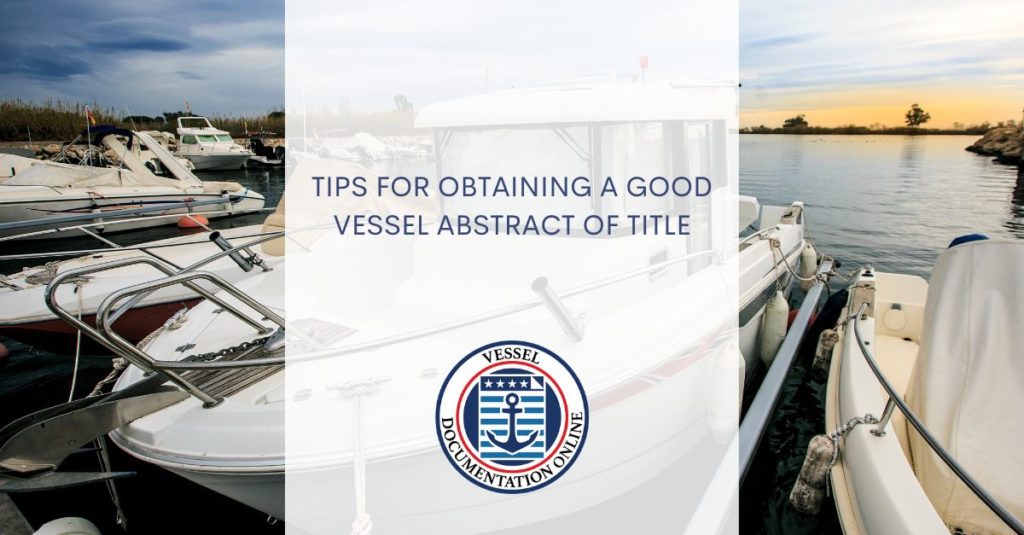The US Coast Guard (USCG) maintains a process for vessel documentation. It serves as a means to demonstrate ownership, citizenship, and eligibility for endorsements.
Vessels that meet these qualifications are issued a Certificate of Documentation.
This certificate must be carried aboard at all times and must be renewed annually. It must also contain a hailing port designation.
Documentation
The documentation process for a vessel includes the issuance of copies of important documents and registrations. These can include a Builder’s Certification, Ownership Transfer Certificate or a copy of the original title or state registration.
It also entails recording the vessel’s abstract of title, which contains transactions that have occurred while the vessel has been in custody of the US Coast Guard. These transactions may involve changes in ownership, preferred vessel mortgages and lien claims.
Documentation must be completed in the name of the legal title holder. For commercial vessels, this is often the person or entity that owns the vessel.
A documented vessel is given an official number which is permanently marked into the interior of the vessel. It is also required that the name and proper hailing port are marked on the exterior.
Registration
The Coast Guard is a United States military branch that performs search and rescue operations, maritime law enforcement and marine inspection and licensing as part of its missions. It also ensures compliance with federal laws, regulations and policies.
The Coast Guard has a variety of vessels, from small harbor tugs to large-scale patrol cutters. They operate in domestic and international waters and support national security by protecting U.S. economic interests and providing a safe environment for the public.
Boat owners can register a vessel with the us coast guard documentation or a state. The Coast Guard documentation process is the preferred option.
A documented vessel has an ‘Official Number’ engraved on the hull which provides a permanent theft deterrent and makes it easier for law enforcement to recover a stolen vessel. Documented vessels also fall under federal jurisdiction for recovery and prosecution rather than state or local.
Safety Equipment
Safety equipment is a critical aspect of any vessel. It must be in good working order, have the proper size and type, and be readily accessible.
The Coast Guard maintains specific requirements for these items, which vary by vessel size and propulsion system. Generally, these equipment needs to be tested and approved before it can be used on a vessel.
For example, fire pumps, extinguishers, nozzles, couplings, and fireman’s outfits must all be tested for functionality and in good operating condition. Crews should practice wearing and removing these equipment in drills to make sure they know how to use them during emergencies.
Once the equipment is safe and in good working order, it should be inspected and maintained in accordance with Coast Guard guidelines. This includes inspecting and testing all life jackets, ensuring they are not expired or faulty and that they are being worn properly by the crew during training. This may require adjusting the size of a lifejacket when required.
Placards
In order to comply with Department of Transportation (DOT) and United Nations (UN) regulations, certain quantities of hazardous materials within a transport vehicle or bulk packaging must be placarded. Exceptions are made for specific situations, and non-compliance with the regulations can carry hefty fines.
Placards communicate vital safety information, enabling emergency first responders to understand what is in a ship’s cargo and how it could be affected in an accident. They are also important to inform people who may be driving near a transport truck’s cargo.
DOT and UN hazmat placards are located on the back or sides of trailers, containers and large tanks that transport or store dangerous substances. They are marked with a UN number that identifies a hazardous substance or article in the framework of international transport, and a compatibility group letter for flammable gas, oxygenated liquids and other materials.
